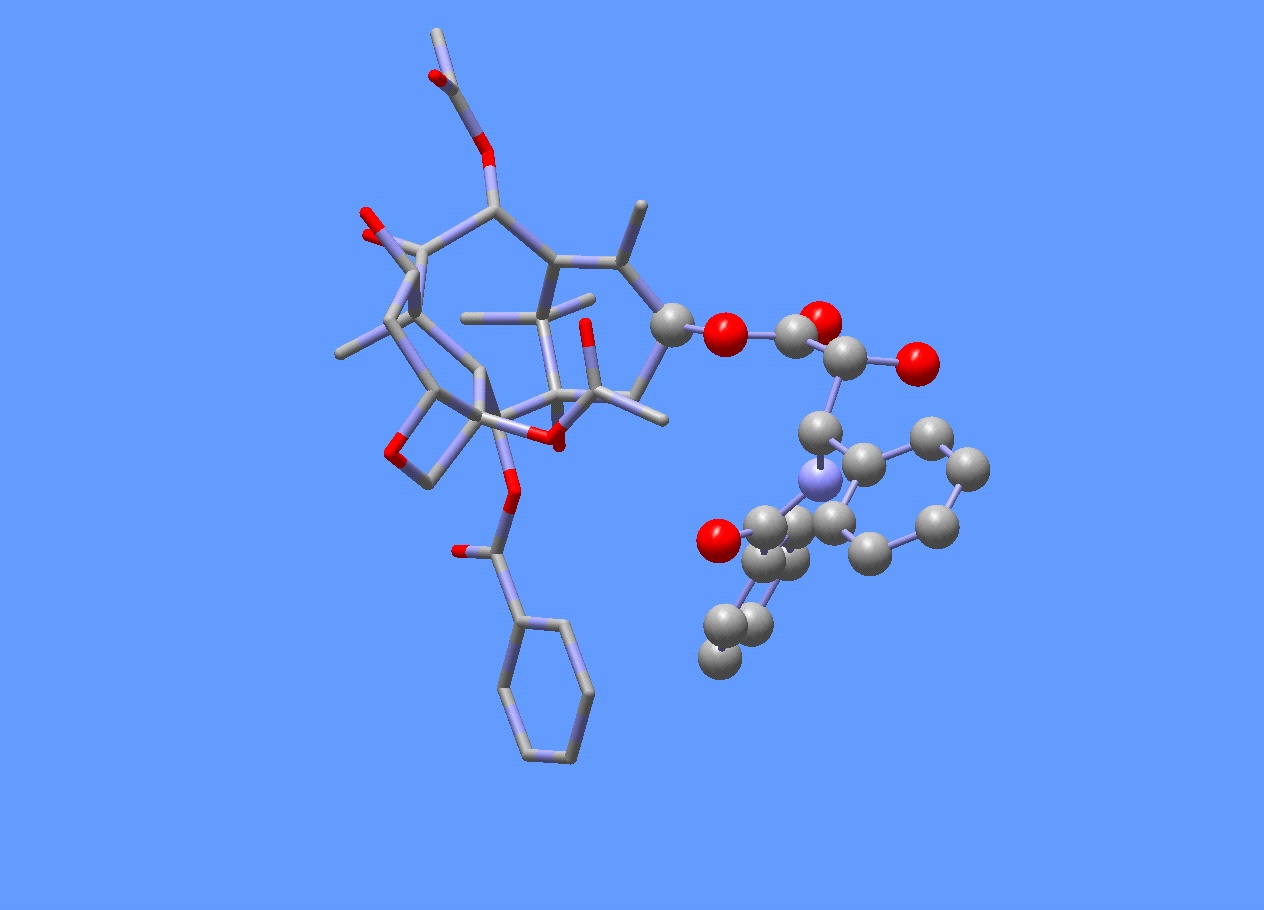Palin, L., Lamberti, C., Kvick, A., Testa, F., Aiello, R., Milanesio, M., Viterbo, D., J. Phys. Chem. B., 107(17), 2003, 4034-4042.
The MFI framework with the 12 T sites that the heteroatom (Ga and B) can occupy
|
Palin, L., Lamberti, C., Kvick, A., Testa, F., Aiello, R., Milanesio, M., Viterbo, D., J. Phys. Chem. B., 107(17), 2003, 4034-4042. |
The MFI framework with the 12 T sites that the heteroatom (Ga and B) can occupy |
|
Evolution of the X-ray Powder Diffraction patterns in the 2.5-12.5° 2Theta interval (corresponding to 14.2-2.8 Å d-spacing) as a function of the temperature during the in situ template burning. |
Milanesio M, Artioli G, Gualtieri AF, Palin L, Lamberti C., J. Am. Chem. Soc., 125(47), 2003, 14549-14558. |
|
From a phylogenetic point of view the main result is the structural difference between the dimension and packing of the protein units in the spicule filaments of the Demospongiae and the Hexactinellida species. Models of the protein organization in the spicule axial filaments, consistent with the various experimental evidences, are given. The three different species of demosponges analyzed have similar general structural features, but they differ in the degree of order. The structural information on the spicule axial filaments can contribute to shed some light on the still unknown molecular mechanisms controlling biosilicification. Croce G., Frache A., Milanesio M., Marchese L., Causà M., Viterbo D., Barbaglia A., Bolis V., Bavestrello G., Cerrano C., Benatti U., Pozzolini M., Giovine M., Amenitsch H., Biophys. J., 86(1), 2004, 526-534. |
Structural model of the organization of the filaments in G. cydonium spicules |

The Taxol molecule in one of the stable conformations predicted by ab in itio quantum chemical calculations |
|
Other WWW available material on our research activity can be found on the websites we presented to the ECCCx virtual conferences: